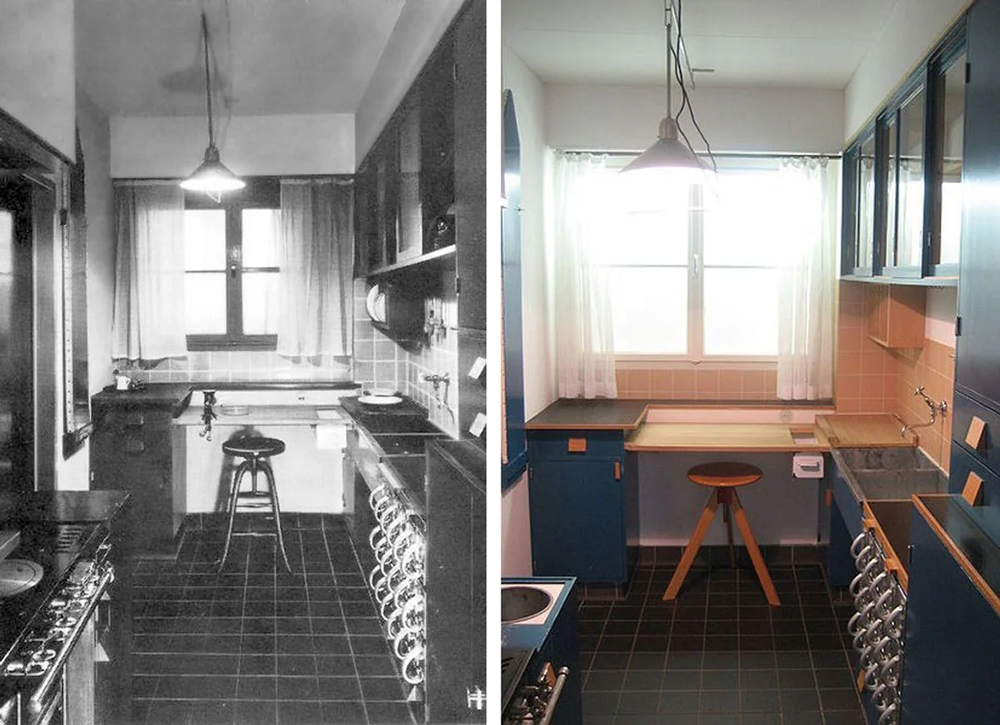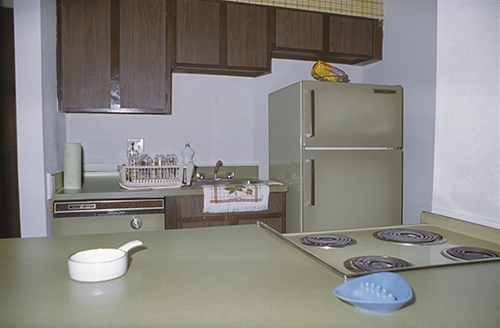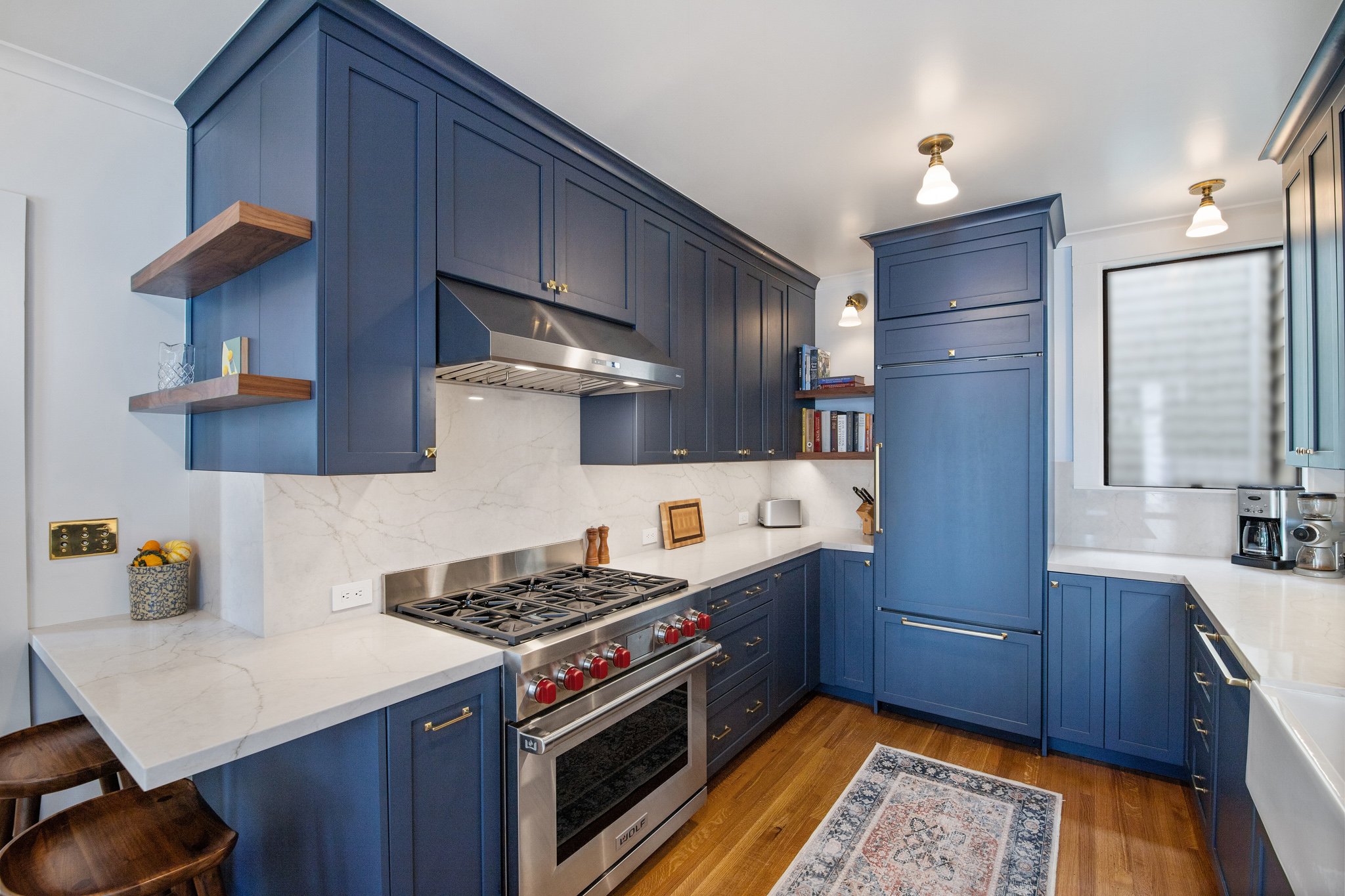
The Frankfurt Kitchen for Modern Living
• A design revolution born in the 1920s
• The Frankfurt Kitchen set the stage for modern efficiency
• Centoni continues to evolve the Frankfurt Kitchen legacy
How a 1920s Kitchen Redefined Modern Living
When architect Margarete Schütte-Lihotzky designed the Frankfurt Kitchen nearly a century ago, she wasn’t just creating cabinetry and work zones—she was reinventing how people lived. Her vision was radical: a compact, highly organized space where every motion mattered, born from the belief that the efficient kitchen should function like a workspace optimized for flow and purpose.
Developed as part of a postwar housing initiative in Germany, the Frankfurt Kitchen introduced ideas that now feel second nature—dedicated task areas, built-in storage, and an efficient triangle between stove, sink, and refrigerator. It was the first kitchen designed around the person using it, a concept that still defines good design today.
.jpg) |
 |
Smart, Modern Design
The original Frankfurt Kitchen was utilitarian, measuring just about 65 square feet—but its influence expanded far beyond its walls. As homes evolved, the kitchen became the heart of daily life, not just a workspace tucked away from guests. The transition from industrial efficiency to warm, livable design reflects how our relationship with food and family has changed.
Today’s kitchens carry forward the ethos of functionality—only now paired with natural light, tactile materials, and energy efficient technologies that streamline cooking. Using the Frankfurt Kitchen principles, Centoni continues to renovate kitchen spaces so precision and performance meet beauty and comfort.
 |
A Legacy of Intelligent Design
Every modern kitchen owes something to Schütte-Lihotzky’s blueprint. From drawer inserts to ergonomic counter heights, her design logic is visible in nearly every renovation today. What began as a social housing innovation has become a timeless model for design thinking—efficient, human-centered, and adaptable to how we live.
At Centoni, that legacy continues. Each kitchen renovation begins with the same guiding idea: design that enhances daily life. Whether integrating smart appliances, sustainable materials, or handcrafted cabinetry, the goal remains true to the Frankfurt Kitchen’s original intent—creating a space that works beautifully, and efficiently inside and out. Smart, modern design is the goal.
Enduring Influence
The Frankfurt Kitchen was more than a kitchen—it was a statement of progress, equality, and modern living. Nearly 100 years later, its influence continues to shape how designers think about flow, efficiency, and human comfort. For homeowners today, that means spaces that feel intuitive, elegant, and enduring—a direct descendent of one woman’s revolutionary idea.
 |
Frequently Asked Questions
Q: What made the Frankfurt Kitchen revolutionary?
It introduced ergonomic design to everyday life—organizing kitchen tasks, saving time, and setting the foundation for modern interior design.
Q: How do modern kitchens carry on that legacy?
Centoni adapts those same principles of efficiency and ergonomics with updated materials, lighting, and technology.
Q: Why is the Frankfurt Kitchen still relevant today?
It connects design and daily life—it’s a reminder that thoughtful design doesn’t just look good; it changes how we live.
Questions about your renovation project, or ready to start? Contact Centoni.


